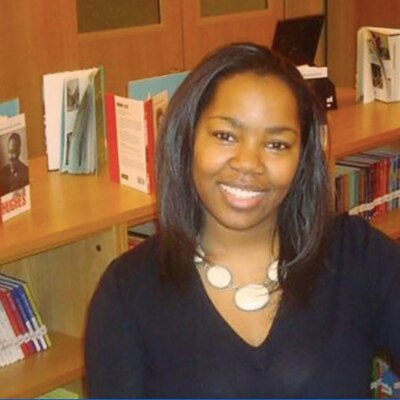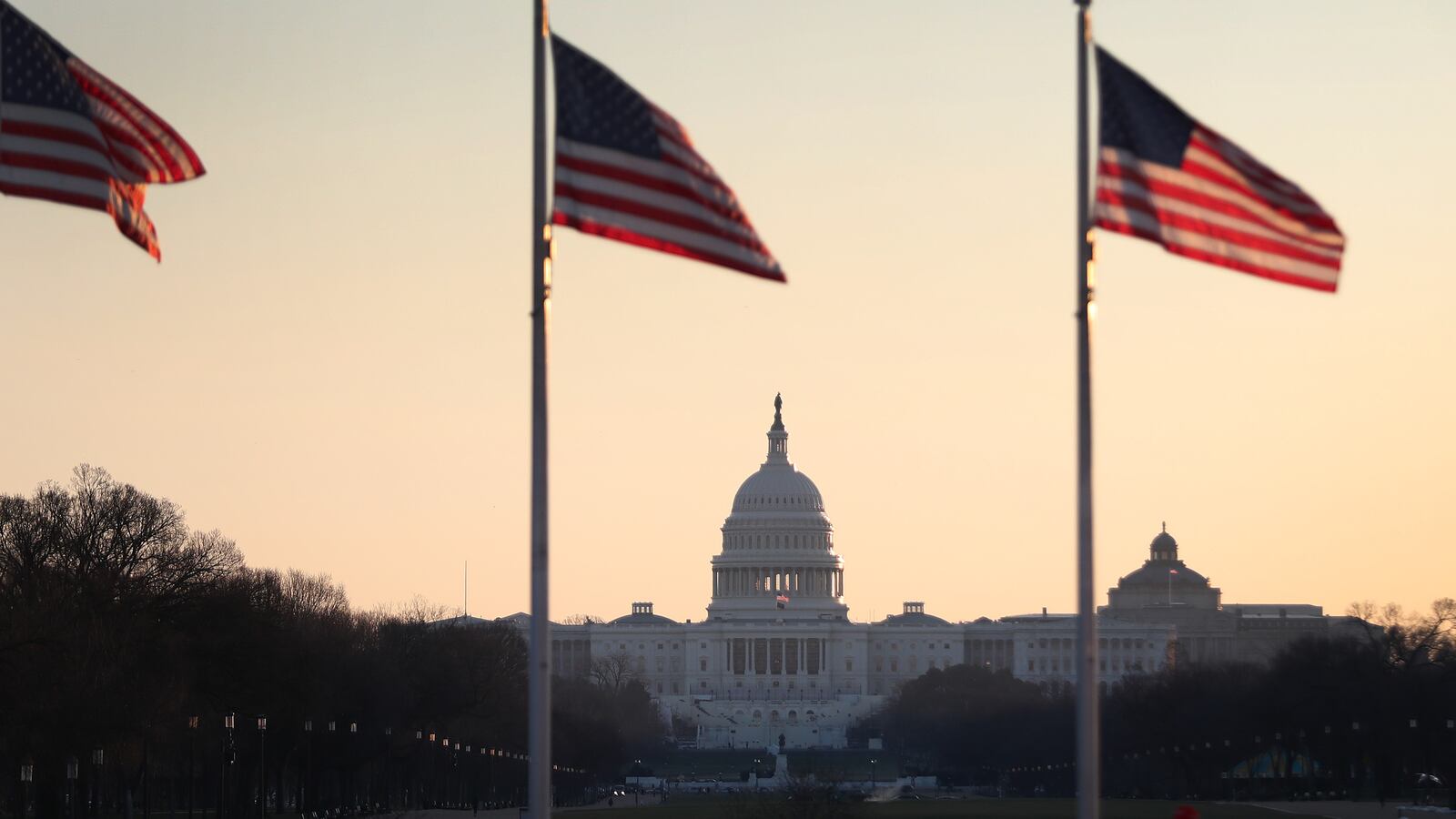As teachers, we are constantly in a position of having a double consciousness. When I see an event happen, I know I need to do two things: to process it myself and to help the young people process it. I spent Wednesday gripped by that knowledge.
This double consciousness is always a challenge, and particularly so when the events we’re witnessing are scary — as was Wednesday’s insurrection in the U.S. Capitol.
I’ve spent years working with young people and teachers, and recently became the senior program and impact director at Generation Citizen — a nonprofit devoted to “action civics.” Our curriculum gives students the tools to choose an issue they care about. Then we teach them about the policies and governmental structure behind that issue so they can use their voices and actions to make change.

Through our program, students learn about who holds influence and power in government. They talk to community members. They engage with guest speakers, so that students and policy leaders can learn from one another.
In a country where young people rarely have a seat at the table, Generation Citizen students have influenced local government decisions on critical issues. Of course, there are times when our students don’t succeed in reaching, or persuading, their local leaders. But in those instances, they walk away with a deepened awareness of the power dynamics that makes systemic change so hard. It’s a peek behind the curtain, a way to show students what government really is and how it works.
The behavior by the mob at the U.S. Capitol Wednesday felt like an illustration of all of the opposite impulses. In its wake, teachers could use the insurrection to illustrate for young people how those strategies — violence, for one, as well as ignoring the legitimate processes of our government — ultimately didn’t work.
Congress still met. They still voted. Joe Biden is still the president-elect. This isn’t about teachers superimposing their opinions, but about empowering young people to come to fact-based conclusions using their own critical thinking skills.
This is also a moment to elevate facts and emphasize critical thinking, specifically:
- Teachers can encourage students to ask themselves: What is my opinion? Why do I believe that? What are the facts and details that support or dispute what I think?
- This is also an opportunity for teachers to bring up past instances of white rage, such as the attacks on students during school desegregation or the white supremacist marches in Charlottesville, Virginia. Educators can discuss with students the unresolved and enduring legacy of systemic racism in the United States, going back centuries — long before the Civil War.
- Relevant recent comparisons for students abound, especially given the responses to the racial justice protests following the police killing of George Floyd. Students can look at how people in power labeled those events. How did those in elected office and in the media describe those participating? Use news articles to compare that to the events at the Capitol. How many called it “a protest”? How many called it “an insurrection”? How many called it “activism”? Encourage them to ask themselves: What do I believe Wednesday represented? This isn’t about teachers superimposing their opinions, but about letting young people come to fact-based conclusions.
The trouble is that when events like this happen, we almost gaslight students. We say or imply that the response of the police is separate from their beliefs. But we can actually see the police response was incredibly different between what happened Wednesday and what happened during the Floyd protests. Young people see the difference, too. And so as a teacher, having the ability to name the differences you see, and saying, “Yes, the police response was different,” is vital.
This is also an opportunity for teachers to learn alongside students. I might tell them that I didn’t realize there was only one other time in history that the Capitol has been taken over, and that was in the 1800s. Let’s research that. What were the circumstances in the 1800s? Do they seem different than the circumstances now? Let’s look at the images. I’m noticing the images from that time in the past are images of pain and seriousness. Now, I’m seeing pictures of people laughing, carrying a podium, putting their feet up on desks that belong to members of Congress. Let’s craft a narrative from these images. I’m not telling you how you should think; I’m facilitating learning and learning alongside you.
This is also a moment to partner with families. I might let families know that I want to open space for young people in my class, and ask them: What are things you want them to discuss? This can be hard to do, but the moment presents an opportunity for relationship-building between families and teachers.
It is also important for teachers to give themselves time to process what has happened. During the George Floyd protests, we at Generation Citizen jumped into action, figuring out what resources we could share with teachers. And at some point, somebody on my staff messaged me asking, “Are you OK?” As a Black person, a Black leader, a Black educator, who was absorbing these images, I wasn’t ok. I needed to take space to process that, too.
Teachers: I wish the world would recognize how much pressure is on your shoulders. Young people are asking and thinking about these critical questions while teachers are also trying to teach math. It’s a lot, but the space you open for students can be transformative. Thank you.
This is also a chance for educators to share their own truths. The author Bettina Love writes that being a person of color and being a young person of color today is a civic action. As a Black educator, I believe that.
Darcy Richie is the Senior Director of Program and Impact at Generation Citizen.



